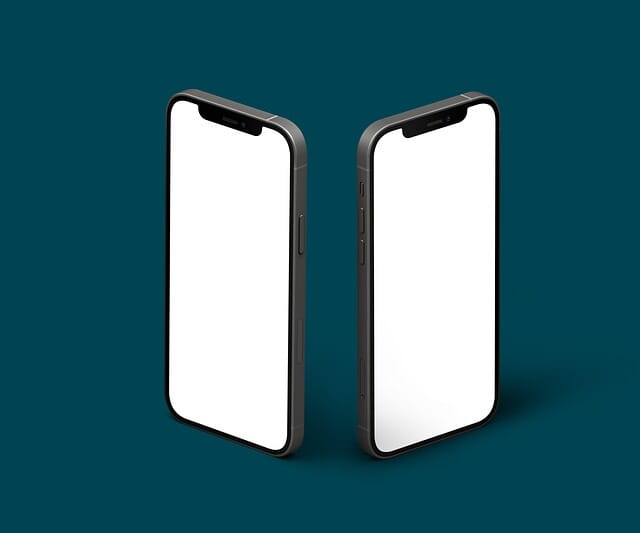
Exploring Global Variations in Telephone Number Formats
Introduction
In our increasingly connected world, the telephone remains a crucial communication tool. But did you know that not all telephone numbers are created equal? In fact, various countries utilize distinctive formats for their phone numbers, reflecting cultural nuances and technological advancements. Understanding these global variations can be invaluable, particularly for businesses operating internationally or individuals seeking to connect with friends abroad. In this article, we’ll explore the diverse formats of telephone numbers across different countries while highlighting how to reverse phone lookup methods can help in understanding these formats better.
What Are Telephone Numbers?
Telephone numbers serve as unique identifiers assigned to telecommunication devices. They allow users to connect with one another, facilitating both personal and business-related communications.
The Structure of a Telephone Number
Generally speaking, a telephone number consists of several components:
For instance, in a number formatted like +1 202-555-0165:
-
+1represents the United States' country code. -
202is the area code for Washington D.C. -
555-0165is the local number.
Exploring Global Variations in Telephone Number Formats
Understanding how various nations format their telephone numbers not only broadens your knowledge but also prepares you for international communication. Here’s an overview of some prominent examples worldwide.
North America: The NANP Format
In North America, including the United Phone number tracing States and Canada, the North American Numbering Plan (NANP) governs phone number formatting.
Structure and Examples
- Country Code: +1
- Format: NXX-NXX-XXXX (where N = 2-9 and X = 0-9)
Example: A New York City number might look like +1 212-555-1234.
Europe: Diverse Formats Across Nations
European countries exhibit significant diversity in their telephone numbering systems.
United Kingdom
The UK employs a slightly complex structure:
- Country Code: +44
- Format: (0)XXXX XXXXXX
Example: London uses +44 20 7946 0958.
Germany
German numbers follow this pattern:
- Country Code: +49
- Format: (0)XXXX/XXXXX
Example: Berlin could be formatted as +49 30 12345678.
Asia: Varied Approaches
Countries in Asia also display unique number formatting styles influenced by local infrastructure and regulations.
Japan
Japan's telephone numbering system includes:
- Country Code: +81
- Format: (0)X/XX XXXX XXXX
Example: Tokyo's number might be presented as +81 3 1234 5678.
India
India has a rapidly evolving telecommunications sector:
- Country Code: +91
- Format: (0)XXXXXXXXXX
Example: An Indian mobile number could appear as +91 98765 43210.
How to Reverse Phone Lookup?
Ever received a call from an unknown number? Utilizing reverse lookup tools can help you uncover who’s behind that call!
What Is Reverse Phone Lookup?
Reverse phone lookup allows users to input a phone number to retrieve information about its owner, including name and address details—if available.
Why Use Reverse Lookup Tools?
Using reverse lookup tools can help you:

Methods of Performing a Reverse Phone Lookup
Here’s how you can perform a reverse phone lookup easily:
Phone Number Formats by Continent
Each continent showcases its own set of rules regarding telephone numbering formats—let's break it down!
North America
As already mentioned with NANP standards, North America generally has consistent formatting due to shared codes among member nations.
South America
Many South American countries adopt variations based upon their telecom policies.
Examples:
| Country | Country Code | Example Format | |----------------|--------------|-------------------------| | Argentina | +54 | (0)11 XXXXXXXX | | Brazil | +55 | (0XX) XXXXXXXX |
Africa
The African continent presents numerous formats owing to its diverse languages and cultures.
Examples:
| Country | Country Code | Example Format | |----------------|--------------|-------------------------| | South Africa | +27 | (0)XX XXX XXXX | | Nigeria | +234 | (0)XXX XXX XXXX |
Asia
As detailed earlier, Asian countries vary widely from Japan’s structured approach to India’s adaptable format based on mobile networks.
Europe
Aside from UK and Germany examples provided above, let’s consider other regions:
Examples:
| Country | Country Code | Example Format | |-----------------|-----------------|-----------------------------| | France | +33 | (0X)X XX XX XX XX | | Italy | +39 | (0)XXX XXX XXXX |
Common Misconceptions About Phone Numbers
Let’s clear up some common myths regarding international telephony!
Myth #1 - All Countries Use Same Formatting Rules
Not true! Each nation has its own established norms that reflect local culture and technology usage patterns.
Myth #2 - Area Codes Are Always Geographical
While this holds for many countries, some nations utilize non-geographic area codes for services such as toll-free lines or premium-rate services!
The Importance of Understanding Phone Number Variations
So why does it matter that we understand these differences?
Effective Communication – Being aware of varying formats prevents dialing errors when contacting international parties.
Business Operations – Companies expanding globally need clarity in how they handle customer service communications across borders.
Personal Connections – Whether reconnecting with old friends or making new ones abroad; knowing how to dial correctly fosters better relationships!
FAQs
Q1: What is the best way to perform a reverse phone lookup? A1: The best way is by using reputable online tools like Whitepages or Truecaller by entering the unknown number into their search bar!
Q2: Can I trace any phone number? A2: Not all numbers can be traced due to privacy laws; however, publicly listed numbers usually yield results through reverse lookup services!
Q3: Are there free options for reverse phone lookups? A3: Yes! Some websites offer free basic information while others may charge fees for detailed reports Missed call lookup on certain numbers.
Q4: How do I make international calls? A4: To make an international call, dial your country's exit code followed by the destination country's code and then the local number!
Q5: What if I receive spam calls frequently? A5: Consider using call-blocking apps or reporting spam numbers via your carrier provider!
Q6: Why is it important to know country codes? A6: Knowing country codes ensures successful dialing when trying to reach someone overseas without running into reverse phone frustrating “call failed” messages!
Conclusion
As we've explored global variations in telephone number formats throughout this article, it's clear that understanding these differences enriches our ability to communicate effectively across borders. Whether you're running an international business or simply trying to stay connected with loved ones around the globe, knowing what makes each country's numbering system unique adds value beyond mere convenience—it fosters connection!
So next time you're about to dial an unfamiliar foreign number or conduct a reverse lookup on Public records an unknown caller, remember these insights about how different places format their communication essentials; they play a vital role in shaping our interconnected world!